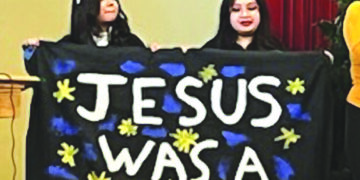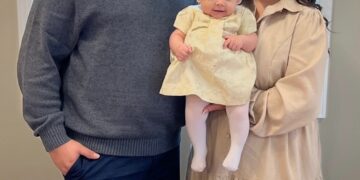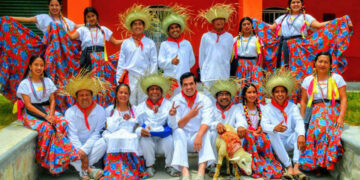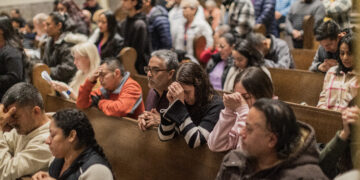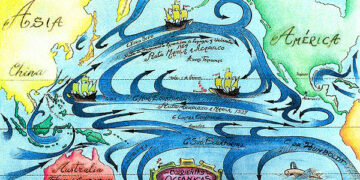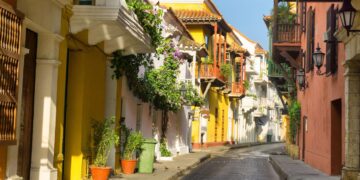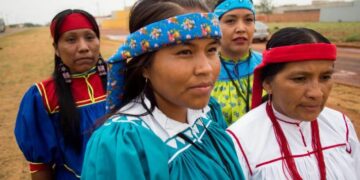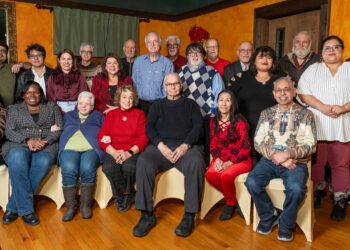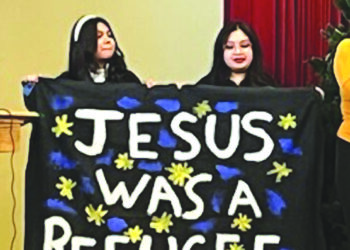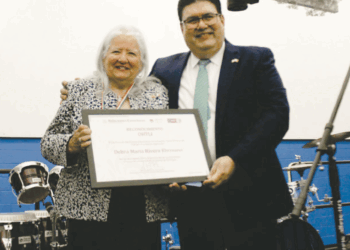Guatemala is one of the Latin American countries best known for its textile art, which belongs to one of the arts inherited by the ancient Mayans, since we must recognize that to this day the Mayan peoples have persisted with their legacy over the centuries.
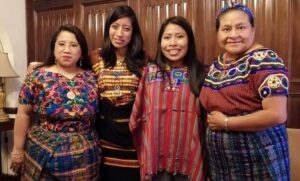
Although its best- known textile art is the loom, made by both men and women, the waiststrap or backstrap loom is exclusive to women.
The backstrap loom, as its name suggests, is held at the waist through a wide strap and is supported by a fixed surface. It is made up of several parts, but, unlike the pedal loom, all of these are manipulated by the hands and are also easy to install in the home, so that women could weave while taking care of the family.
The backstrap loom is usually narrower than the pedal loom, however, it can reach great lengths, such as those that will be used to elaborate huipils and wedding dresses.
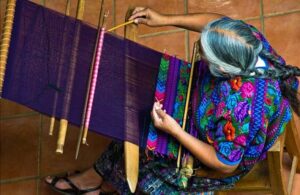
The art of the backstrap loom was taught by the Mayan Goddess Ixchel, who, watching the spider weave, built the first loom and taught the women of the community how to make it.
However, not everything is left here, since the loom also implies the art of storytelling through the different figures and symbolic representations, such as the zigzagging lines that represent a snake, changes, and wisdom.
The textiles are, to a large extent, used to make pieces such as blouses and dresses, which are tied at the waist by a type of thick belts, also made on a loom, that serve as sashes.
It is common to find huipils (dresses and blouses) that require joining different pieces of fabric made on a backstrap loom to be made. So that in the piece we can see the pieces united.
Guatemalan textile art involves not only the art of the loom but also the art of embroidery and brocade.
In many cases the embroidery is carried out on the loom fabric, unlike the brocade that is made while and during the weaving of the loom.
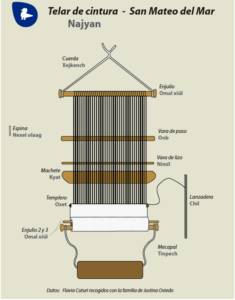
One of the great problems faced by the textile art of indigenous peoples, indigenous peoples and native peoples, is the theft of designs, as people find great fascination in the frameworks and geometric figures, instead of recognizing their talent and creativity, they take the designs for their own purposes without involving them with royalties or, at least, with the recognition of authorship.
On many occasions these thefts are committed by renowned brands, as well as commercial fashion brands.
It is necessary and important to recognize artists and not call them artisans, since their procedures are highly careful and take a large number of hours for their preparation and design.
Arte Textil de Guatemala
Guatemala es uno de los países de Hispanoamérica más conocido por su arte textil, que pertenece a una de las artes heredadas por los antiguos mayas, pues debemos reconocer que a la fecha los pueblos mayas han persistido con su legado al paso de los siglos.

Si bien, su arte textil más conocido es el telar, elaborado tanto por hombres como por mujeres, el telar de cintura es exclusivo de las mujeres.
El telar de cintura, como su nombre lo dice, se sostiene de la cintura a través de una ancha faja y se sostiene de una superficie fija. Está constituido por varias partes, mas, a diferencia del telar de pedales, todas éstas son manipuladas por las manos y además, fácil de instalar en el hogar, de manera que las mujeres pudiesen tejer mientras cuidaban de la familia.
El telar de cintura suele ser más angosto que el telar de pedal, no obstante, llega a alcanzar grandes longitudes, como aquellos que serán utilizados para la elaboración de huipiles y trajes de boda.

El arte del telar de cintura fue enseñado por la Diosa maya Ixchel, la cual, al mirar a la araña tejer, construyó el primer telar y les enseñó a las mujeres de la comunidad cómo elaborarlo.
Sin embargo, aquí no queda todo, pues el telar también implica el arte de la narración a través de las diferentes figuras y representaciones simbólicas, como lo es las líneas zigzagueantes que representan una serpiente, los cambios y la sabiduría.
Los textiles son, en gran parte, utilizados para elaborar piezas como blusas, blusones y vestidos, los cuales son atados en la cintura por un tipo de cintos gruesos, también elaborados en telar, que fungen como fajillas.
Es común encontrar huipiles (vestidos y blusones) que para su elaboración requieren unir diferentes piezas de tela elaboradas en telar de cintura. De manera que en la pieza podremos ver las tramas unidas.
El arte textil guatemalteco implica no sólo el arte del telar sino también el arte del bordado y del brocado. En muchas ocasiones el bordado se lleva a cabo sobre la tela del telar, a diferencia del brocado que se elabora mientras y durante el tejido del telar.

Uno de los grandes problemas a los que se enfrenta el arte textil de los pueblos originarios, pueblos indígenas y pueblos nativos, es el robo de los diseños, pues personas que encuentran en los entramados y figuras geométricas fascinación en lugar de reconocerles la influencia, toman los diseños y los aplican a sus prendas de moda comercial sin darles el crédito que merece.
Es necesario e importante reconocer a los artistas y no llamarles artesanos, puesto que sus procedimientos son altamente cuidados y les toman gran cantidad de horas no sólo para su elaboración, sino también para su diseño.



